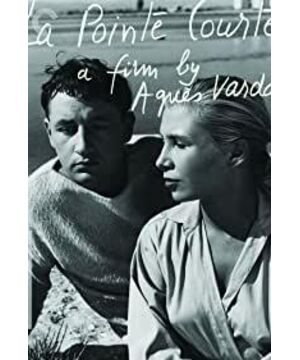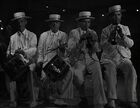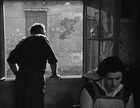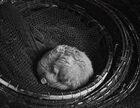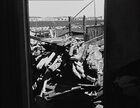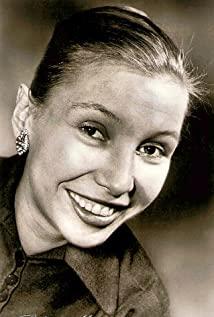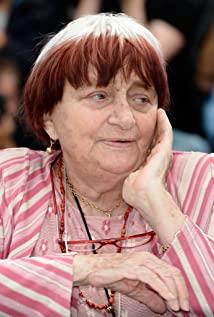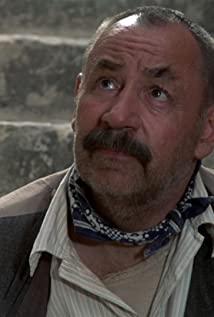The 1954 film was the debut of old New Wave grandmother Agnes Vajda when she was 26 years old.
The film is between a documentary and a feature film. There are two inseparable parts: one part is that the villagers of Short Cape Village face water pollution and government inspections, and the other part is that the hero invites the heroine to come to this seaside from Paris. Komura, trying to save their relationship. These two parts are not in-depth filming. There is no in-depth introduction and analysis of the problems of the villagers in Duanjia Village. The story between the two male and female protagonists is more ambiguous. , although the composition is very deliberate, it still makes it impossible for the audience to enter the heart of the characters.
——From this film, it can be seen that a director’s debut work may be too strong in terms of creative motivation, so that it overwhelms the content and subject matter. In this attempt, the director may have shown the angle she is most concerned about and the way she is best at, but she has not made in-depth development of this content and subject matter. Two seemingly unrelated parts of the film reappeared again and again in Wajda’s later long film career—a love of documentaries (such as “The Scavengers”), and the exploration of women’s psychology (such as “The Scavengers”). "Cleo from Five to Seven"), but "Short Corner Affair" still lacks a sufficient time and psychological pressure to unleash the inner power of the subject matter, which scratches across the surface, leaving behind a dazzling scratches.
That's what makes the movie so impressive, even if it's not a success. When the title just unfolded in the small village by the sea, the strong contrast of tones gave this black and white film a tactile feeling - one could feel the scorching dazzling heat of the sun, and expect an explosive force in the calm movement of the lens. Then as a viewer, I found that Vajda has a love and understanding of texture, or the ability to present the texture of objects under the camera. In her shots, wood, seawater, cloth, and shellfish all become a solemn object of expression, not only the background of the plot and the characters' activities, but also have their own textures. This effect is not only achieved by a few close-ups, it is a close-up that starts from the "attention", so it has an aesthetic interpretation. This kind of attention makes the empty scene not "empty", and makes the whole film always have a real sense of materiality. This material is not a commodity, does not mean prosperity and prosperity, but a kind of natural texture in poverty and simplicity.
Extending from this angle, the film provides an understanding of the village and its people. Hard life, the death of children, the love of young people, traditional entertainment. These are also presented naturally, and it is very beautiful to let respect and sympathy, difficulty and sweetness blend together naturally. But what is interesting is that the other part of the film is extremely "unnatural". The hero and heroine do not even enter the life of the short Cape Village like the audience, but stay in their own emotional space. The plight of modernism is placed in the realism. In the slicing of With an opinionated attitude drags down the entire movie.
View more about La Pointe Courte reviews


